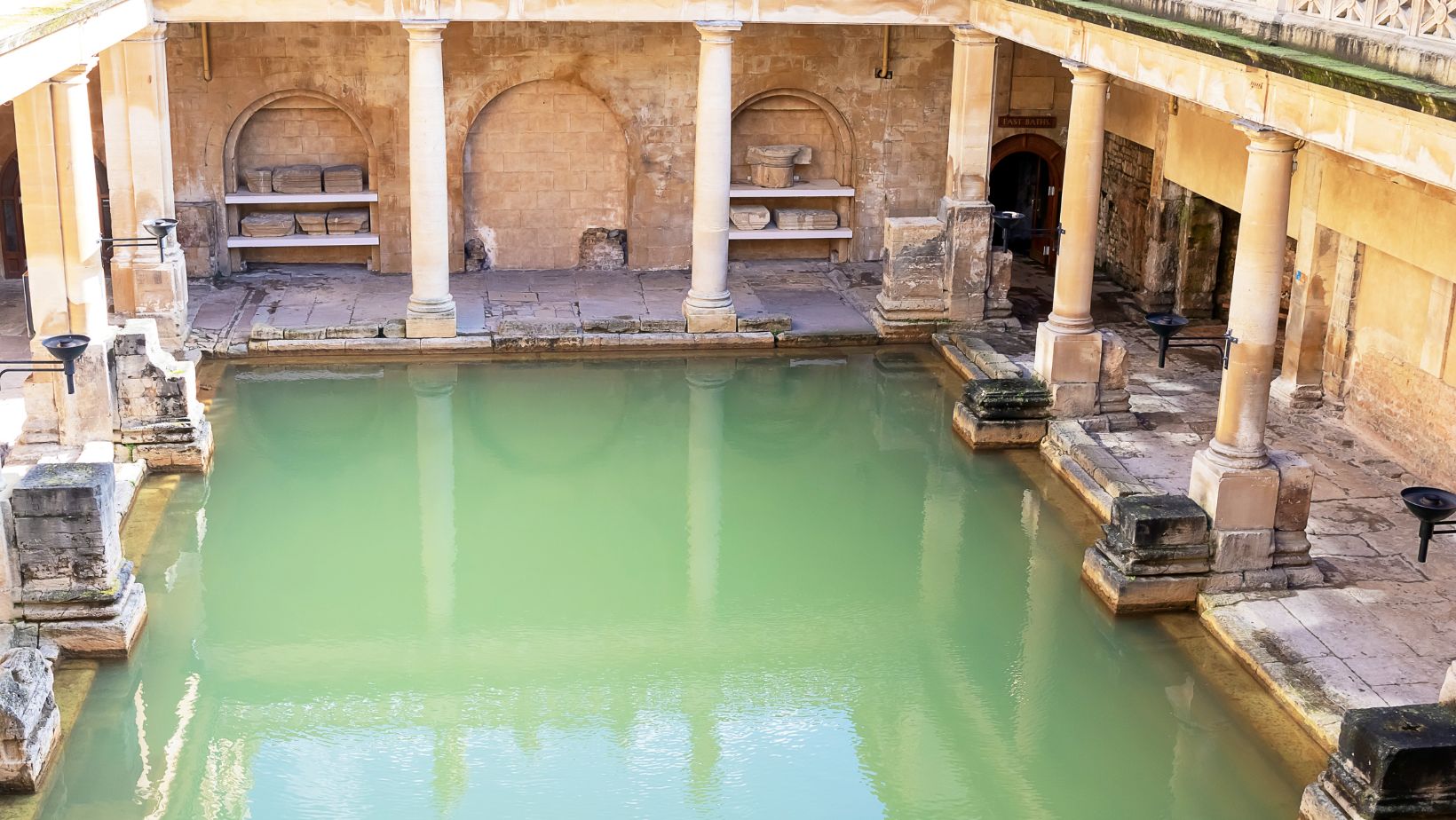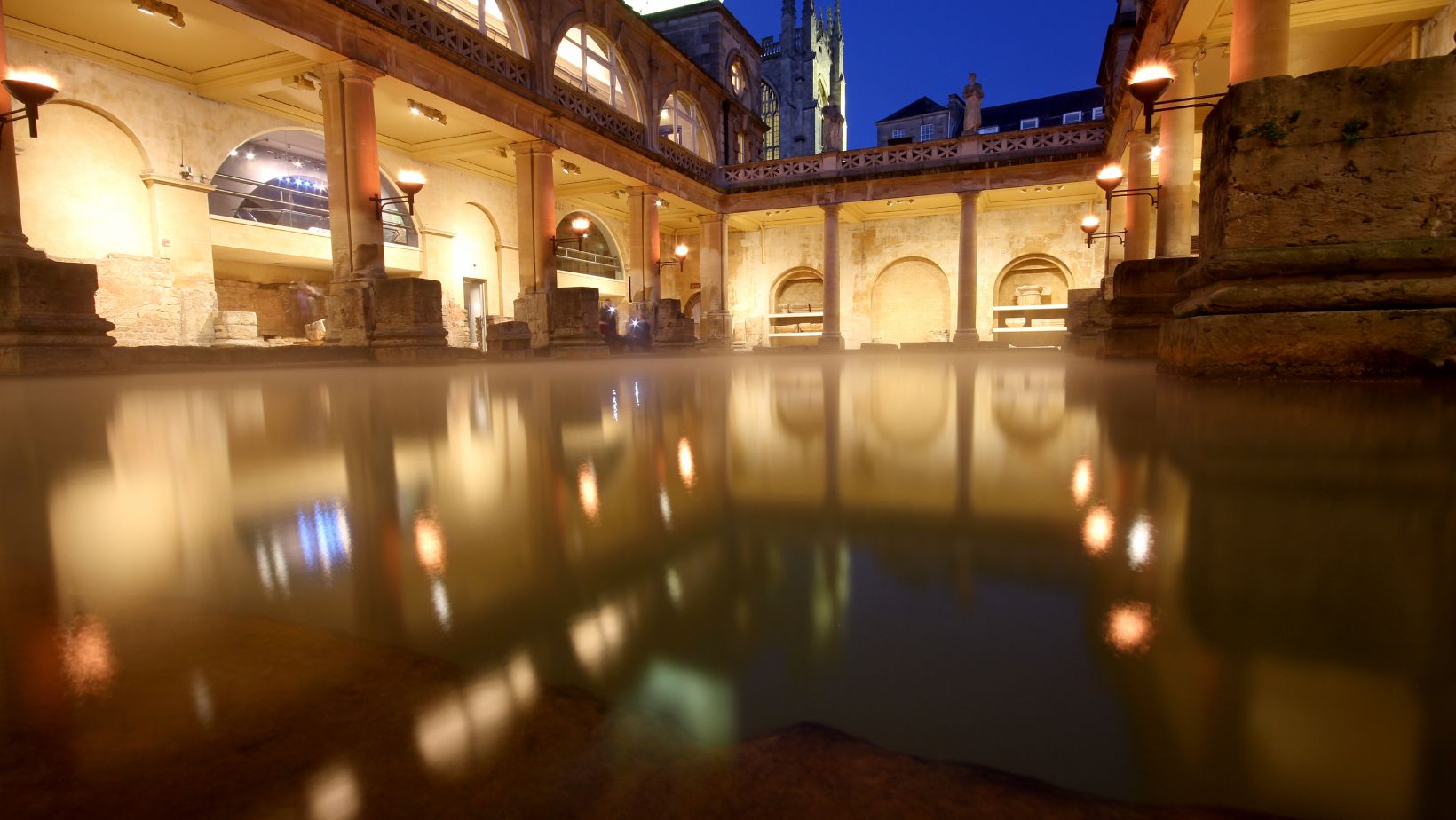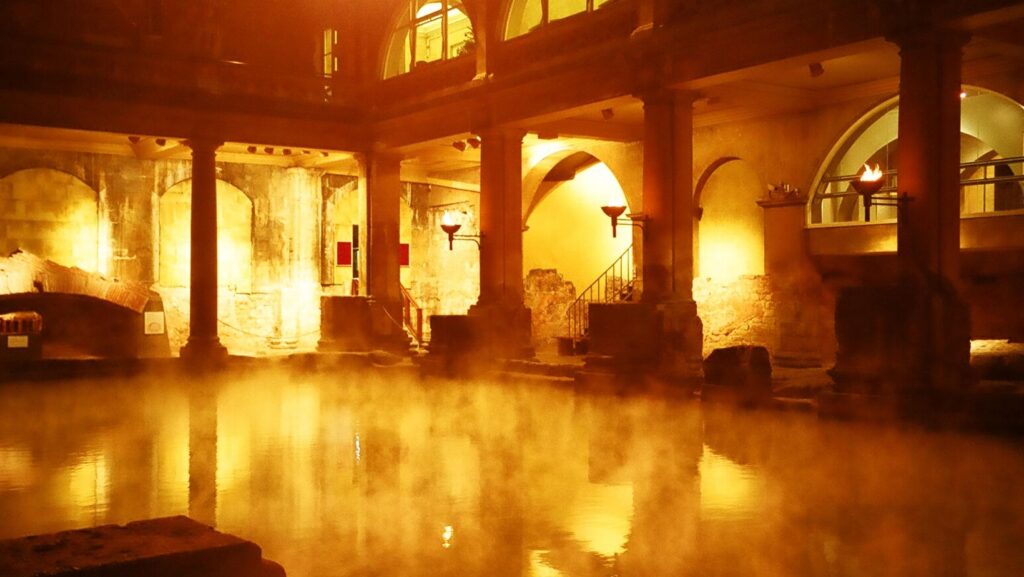“How did an ancient settlement in Somerset come to house one of Britain’s most exquisite collections of Roman architecture?” This question invites exploration into the storied architectural legacy of Bath, a city where Roman grandeur meets Georgian refinement, creating a unique tapestry that draws historians, architects, and visitors from around the world. The city of Bath, a UNESCO World Heritage site, boasts architectural marvels that have endured for centuries, each with its own tale to tell about Britain’s illustrious past.
The Origins of Bath: A Convergence of Natural and Human History
Introductory Context
Situated in Somerset, Bath’s architectural allure began with the Romans, who were captivated by the natural hot springs present in the area. The convergence of geography and ingenuity led to the establishment of a city that would become a beacon of architectural achievement. Bath’s unique appeal originates from the successful blending of Roman and later British styles, cementing its status as a city of timeless elegance.
The Roman Influence and the Birth of Aquae Sulis
The story of Bath, known to the Romans as Aquae Sulis, began around AD 60-70. The Romans, renowned for their engineering and architectural prowess, identified the therapeutic and religious significance of the hot springs, inspiring the construction of their signature public baths.
The Roman Baths: A Centre of Leisure and Worship
The Roman Baths stand as an enduring symbol of Bath’s architectural heritage. The site, initially developed by the Romans as both a spa and a religious sanctuary, demonstrates sophisticated engineering methods, particularly in water management and thermal regulation. Featuring stone-built chambers and intricate hypocaust heating systems, the Baths provided a communal experience that combined health, relaxation, and religious reverence, dedicated to Sulis Minerva, a deity believed to oversee the waters.
The Great Bath and the Sacred Spring
At the heart of the complex lies the Great Bath, a structure of profound significance, both architecturally and culturally. Fed by the Sacred Spring, this central feature reflects the Romans’ understanding of geothermal energy and its application in urban design. Measuring approximately 1.6 meters deep, the Great Bath’s limestone-lined pool has continued to captivate historians and architects alike, both for its aesthetic grandeur and its technical ingenuity.
Architectural Elements of the Roman Baths: Function Meets Artistry
Introductory Context
The Romans excelled in creating spaces that were both functional and beautiful, and the Roman Baths are an excellent example of this ethos. Each architectural detail serves a purpose while also contributing to the aesthetic appeal of the complex.
Hypocaust Heating Systems: The Ancient Answer to Central Heating
The hypocaust, a revolutionary heating system that was ahead of its time, is an architectural marvel of the Roman Baths. Designed to warm floors and walls through a sophisticated network of underground chambers, this system ensured that visitors could enjoy warm waters even in cooler weather, showcasing Roman adaptability to the British climate.
Roman Mosaics and Sculptural Elements: Art and Symbolism
The architectural detailing within the Baths includes mosaics, sculptures, and inscriptions that illustrate Roman craftsmanship. These adornments were not merely decorative but also served symbolic functions. The famous Gorgon’s Head, often associated with the goddess Sulis Minerva, highlights the syncretism of Roman and Celtic religious beliefs, adding layers of cultural significance to the architectural design.
Post-Roman Evolution of Bath’s Architecture: From Ruins to Revival
Introductory Context
Following the Roman departure from Britain in the early 5th century, Bath’s architectural landscape underwent significant transformations.

The city entered a period of relative obscurity, only to be revitalized during the Georgian era when its architectural identity was redefined.
Medieval Bath: Resilience Amidst Decline
During the medieval period, Bath’s prominence waned, and many of the Roman structures fell into disrepair. However, remnants of Roman architecture endured, influencing the city’s layout and structure. The establishment of Bath Abbey in the 7th century marked a renewed interest in the city’s architectural potential, intertwining the religious with the historic.
The Georgian Renaissance: A New Architectural Identity
In the 18th century, Bath experienced a renaissance that redefined its architectural identity. This period was driven by visionary Bath-based architects like John Wood the Elder and his son, John Wood the Younger, whose designs transformed the cityscape. Their expertise established Bath as a hub for Palladian architecture, culminating in iconic landmarks such as the Royal Crescent and The Circus. These structures, crafted from local Bath stone, showcase the harmonious blend of Roman inspiration and Georgian elegance, a testament to the skill of architects in Bath who drew upon the city’s rich history to shape a refined, lasting urban landscape.
The Legacy of Bath’s Roman Architecture in Modern Context
Introductory Context
Today, Bath remains a city where ancient and modern architectural approaches coexist harmoniously. The Roman Baths not only stand as historical artefacts but continue to influence modern architecture and urban planning principles.
Conservation Efforts: Preserving Heritage in a Contemporary Landscape
Preservation of Bath’s Roman structures has been a priority, and ongoing conservation efforts are dedicated to safeguarding these relics. The city’s UNESCO World Heritage status mandates rigorous standards for restoration, ensuring that the Roman Baths and related structures retain their authenticity for future generations.
Roman Architectural Influence on Modern Bath: A Lasting Impression
The Romans’ architectural innovations, particularly in heating and public spaces, continue to inform contemporary designs in Bath.

Concepts such as central heating and communal bathhouses have persisted and evolved, reflecting a lasting Roman influence on the city’s infrastructure.
Conclusion: Bath as a Living Testament to Roman Ingenuity
Bath stands as a testament to the enduring legacy of Roman architecture and engineering. The city’s historical and architectural landscape, shaped initially by the Romans and later enhanced by Georgian visionaries, continues to captivate and inspire. As the city balances heritage with modernity, it preserves its unique identity—an identity that will remain a source of wonder for historians, architects, and visitors for centuries to come.


More Stories
Is Vinyl Flooring a Safe Option for Homes with Pets or Kids? Expert Insights
Touch ‘N Go Casino Payments
The Psychology of Esports Fans: What drives loyalty and engagement?